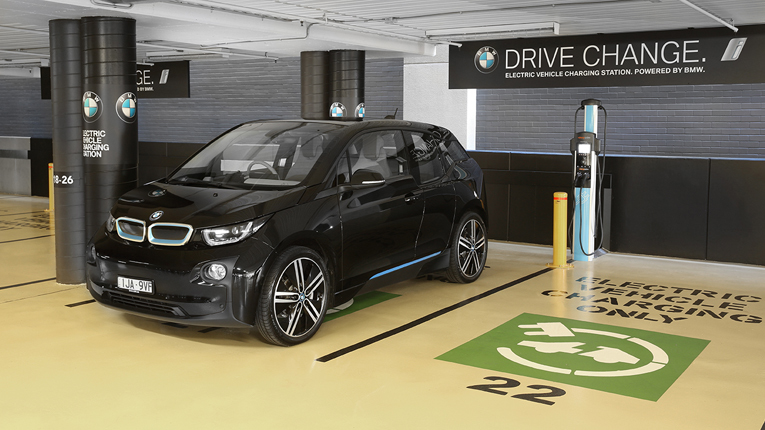The adoption of EV vehicles throughout Australia is gradually increasing. However, the current provisions under the NCC (National Construction Code) have not yet caught up to the risks associated with lithium battery technology installed in electric cars, scooters, and bikes. FRNSW have provided guidelines for electric vehicle users to safeguard against battery fires in their homes, but the provision of EV charging bays in the commercial sector (namely shopping centre car parks) is still largely untouched.
What are the issues?
The NCC does outline special provisions to be provided under clauses E1.10 and E2.3 for buildings provided with special characteristics. However, these measures are still largely subjective and do not specifically address the characteristics of lithium batteries in use.
The behaviour of lithium batteries under charge should be considered when assessing EV charging points in carparks and specifically, the environment in which they are placed. Ignition points and gases emitted from lithium battery fires are unique in that smoke detection systems within carparks do not effectively pick up the lighter than air particles produced. Furthermore, the material properties of these batteries cause them to burn continually, even after fire suppression measures have been implemented.
What needs to be considered?
Building Surveyors should be considering these behaviours when assessing proposed EV charging bays and liaising with relevant stakeholders including FRNSW and Fire Engineers to provide further mitigation methods to ensure occupant life safety and fire brigade intervention is not reduced. The following measures should be considered when adopting EV charging bays into any design:
The location of EV charging bays in the car park – are they near a required exit? Will the event of fire render this exit unusable for occupants? Is the location of the charging bays in a cumbersome area for FRNSW to intervene? Is the location of the charging bays in an area in which smoke and gas build up will become an issue? Consultation with the relevant stakeholders should be undertaken to ensure that exits are retained, and fire brigade intervention is readily accessible. Areas in which smoke and gas can be readily exhausted or allowed to dissipate rather than build up within the car park should be selected.
- signage – block plans showing the location of the EV charging bays installed at the hydrant booster allow the Brigade to quickly identify the risks in the event of a fire and the location at which the charging bays are installed
- shut off and isolation switches should be provided within reach of the EV charging port
- detection points should be provided above or near charging bays and upon activation shall isolate power to the charging bays
- regular maintenance should be conducted on the bays for damage and should be routinely maintained. A question as to whether they should be nominated on the annual fire safety statement for routine testing should be raised on a case-by-case basis
- combustible goods, distribution boards and any other combustible equipment should be fire separated or kept away from proposed EV bays
Further measures needed
Industry discussion is continuing around whether EV charging bays should be subject to a performance solution or addressed under the NCC Deemed-to-Satisfy provisions. To date there is no guidance or specific measures under E1.10 and E2.3, so a case-by-case assessment should be undertaken on each design subject to the following measurables:
- number of charging bays provided and the location
- type of carpark they are installed within (open-deck carpark, basement carpark, carpark associated to residential apartments or commercial retail)
- current or proposed fire safety measures within the subject building or design if it is yet to be constructed
- relevant stakeholder comment and FRNSW requests
Acknowledgement: this is based upon the output from a recent AAC presentation attended by our Senior Building Surveyor, Annika Green, with thanks to Nate Lobel who presented this topic.

